You don’t need me to tell you that we live in an era of profound change. In the world of the car, we are at the start of the biggest revolution since its invention. Ten years from now – 15 at the most – almost all cars on sale will be powered either predominately or exclusively by electricity. Because these cars will be heavy, near silent, and without gearboxes, they will be unable to immerse you in the sensations of driving; rather, they will instead seek to distance you from them. They already are. Efforts will increasingly continue to make interiors as nice as possible to look at, because even if you’re the driver, you’re going to have increasingly little to do in there, so it had better come with decent scenery.
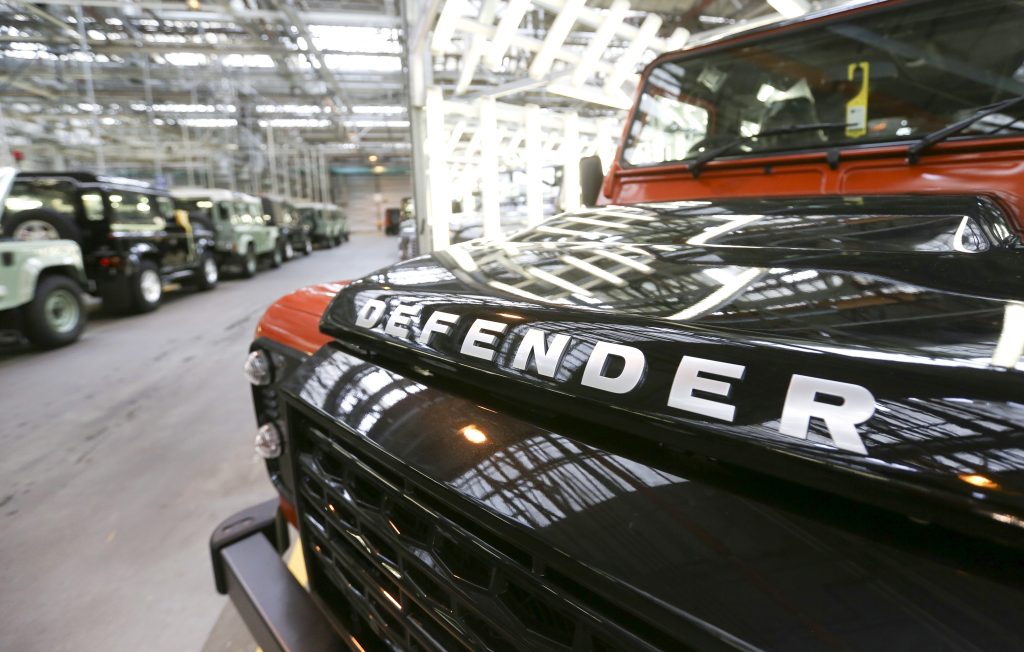
Which is one reason the future classic status of the original Land Rover Defender seems so assured. Already it is fast becoming the antidote to the modern car, a status that is set only to grow. It is a vehicle that will always keep you busy. You’ll burn more calories getting it out of its parking space than you will driving a modern electric tin box for an hour. It is completely, utterly, definitively, and defiantly mechanical. It can do hardly anything without your involvement but, with it, there is hardly anywhere it cannot go.

Of course, such cars are comically easy to criticise, for their noise, derisory performance, ride quality, and lack of creature comforts, yet people bond with their Defenders, often for life, putting up with ever greater servicing and repair costs just to keep them on the road, or rutted track. With a Defender, it is always personal.

There’s something else about these cars, too. Modern crossovers are an unbelievably successful breed of car because they do everything. They look adventurous but have also a certain sense of style. There’s enough room for the family inside and they offer good connectivity. But by trying to everything to an acceptable standard, so too do they ensure they do precisely nothing to an impressive standard. Once more the Defender is the car that begs to differ. It really does only one thing well, but it still does that better than just about anything else out there. Because when the going gets tough, the tough get in their Defenders. Go online and it won’t be long before you find a video of a Defender pulling a completely beached Lamborghini Urus out of the bog into which it has just been driven.

When the new Defender was launched, I took it across the toughest route Land Rover uses for road cars at its Eastnor Castle off-road testing facility. It was amazing; but when we reached the top of the steepest, most slippery slope I asked the instructor sat next to me how far up the same hill a 35-year-old Defender would have reached. “Oh, all the way,” he said, “though it would be rather less comfortable for its passengers…”
And if its appeal lay only there, perhaps its classic status would be less assured. But the Defender has something else, something no amount of modern design can provide: authenticity. Its entire body is built from aluminium, not because of its light weight and corrosion resistance, though both are great benefits, but because with so much military equipment being scrapped after the war when the first Land Rover was built, it was the cheapest material on offer. Why does it look like a child could have drawn it, so simple are its straight-edged surfaces with 90 degree corners? Because the Defender was only intended as a stop-gap, so tooling up for creating curving shapes was seen as unnecessary and expensive.
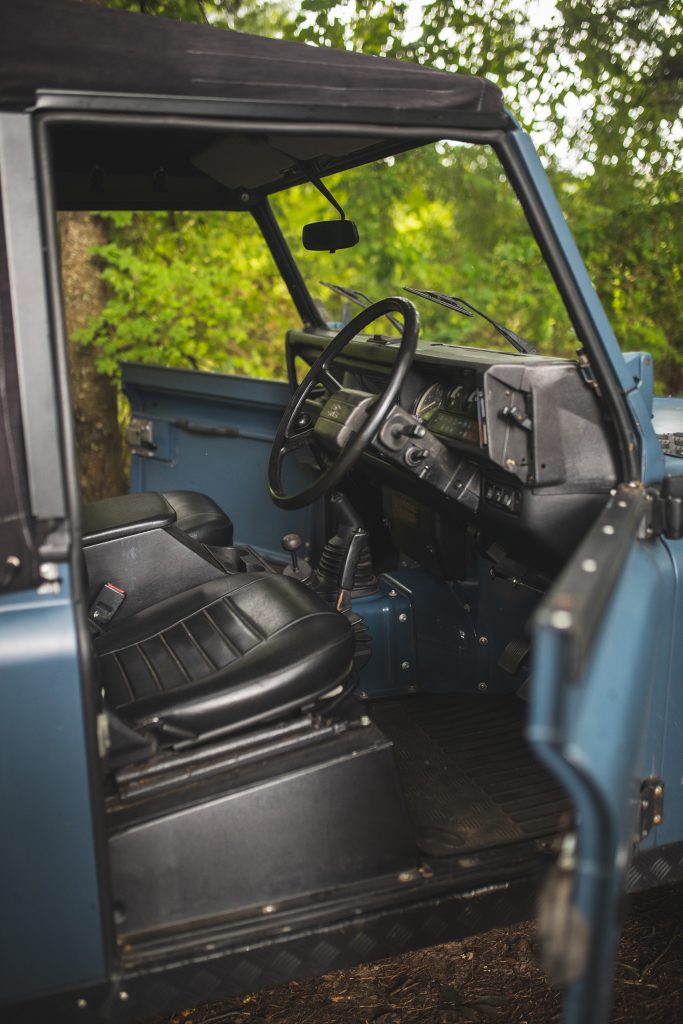
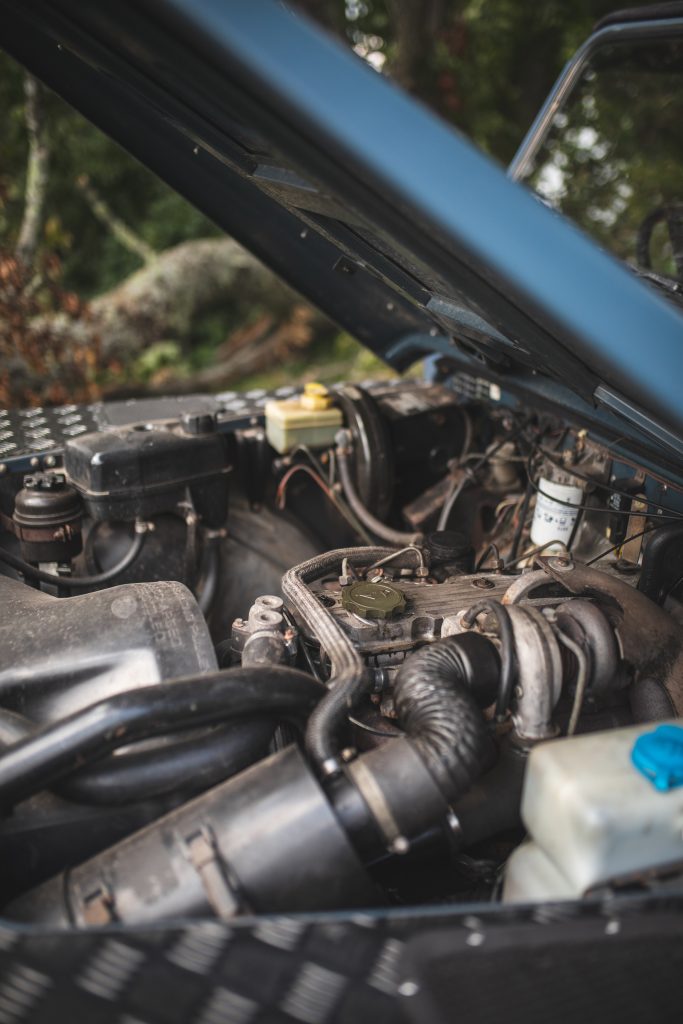
The result was triumph of function over form that caught the mood of the austere moment into which it had been born, and soon became known the world over for its ability to get stuff done. It didn’t really matter if you were a farmer in England, outback Australia, or sub-Saharan Africa, for many, many years a Series Land Rover and the Defender into which it morphed was simply the best and sometimes only thing to have. It was and, some might argue, still is the most authentic car ever offered for sale. And with that authenticity came credibility, and from there it was no more than a hop, skip, and a jump to becoming that one thing that was never, ever even imagined, let alone intended by its creators: Cool.
If, in 1947, you’d told Maurice Wilks as he sketched the shape of the new Land Rover in the sand of Red Wharf Bay, on the island of Anglesey, that the time would come where that car’s direct descendants would be bought as fashion accessories by people living in central London, he’d have laughed you off the beach. But that is how it turned out.

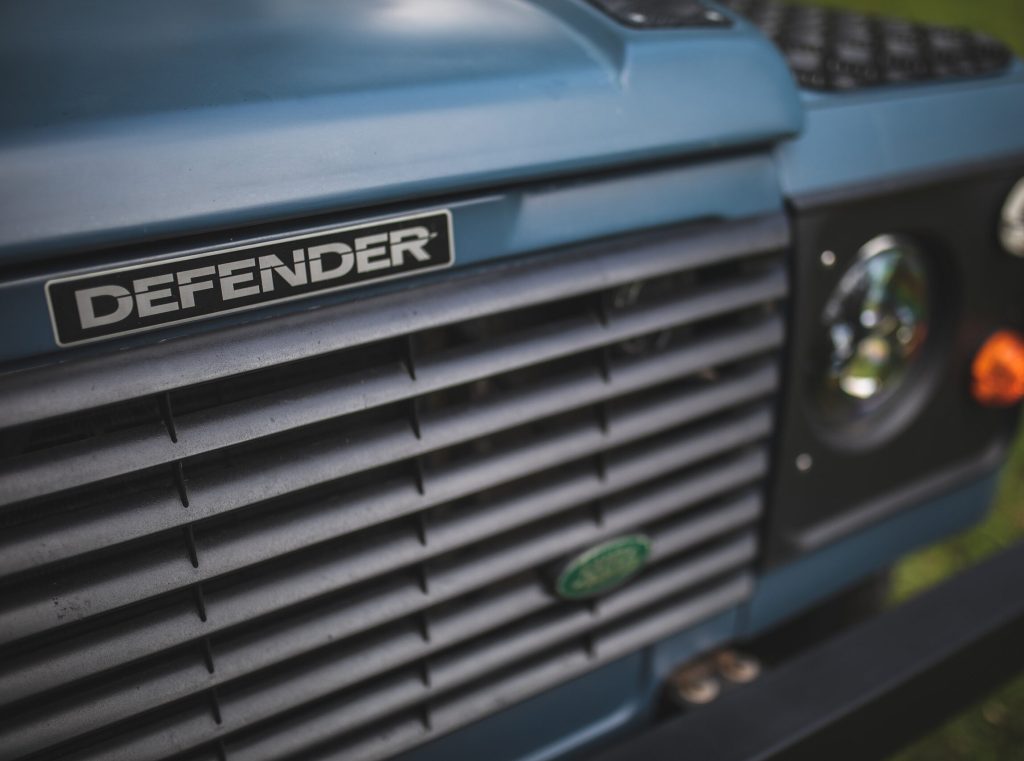
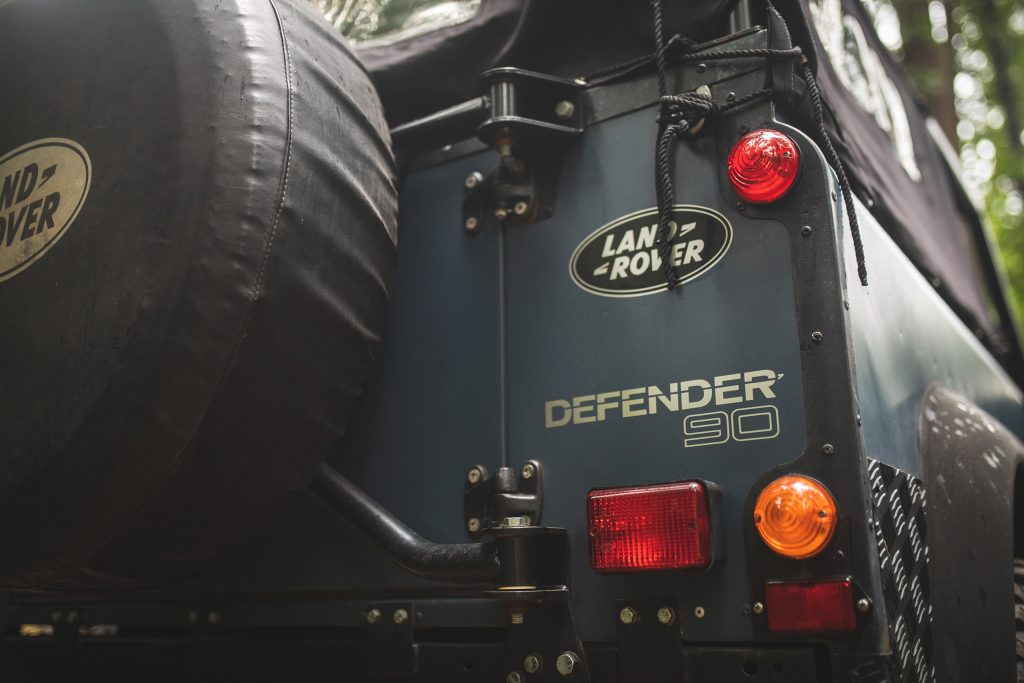
There’s an entire other column on which Defender or Series Land Rover to get, but the same essential truths are common to all: The mechanicals are strong and the bodies barely rot at all. But the steel chassis is notoriously prone to corrosion because, incredibly, apart from a tiny number of the very earliest cars, Land Rover never bothered to galvanise them, not even those selling for a fortune when production ceased in 2016, almost 70 years after it had started and with over two million built. So you need to anticipate a lot of welding, or the price of a brand new and galvanised chassis. Fit one of those and it should still be pulling Lamborghinis out of fields, long after you’ve gone to the great tractor pull in the sky.
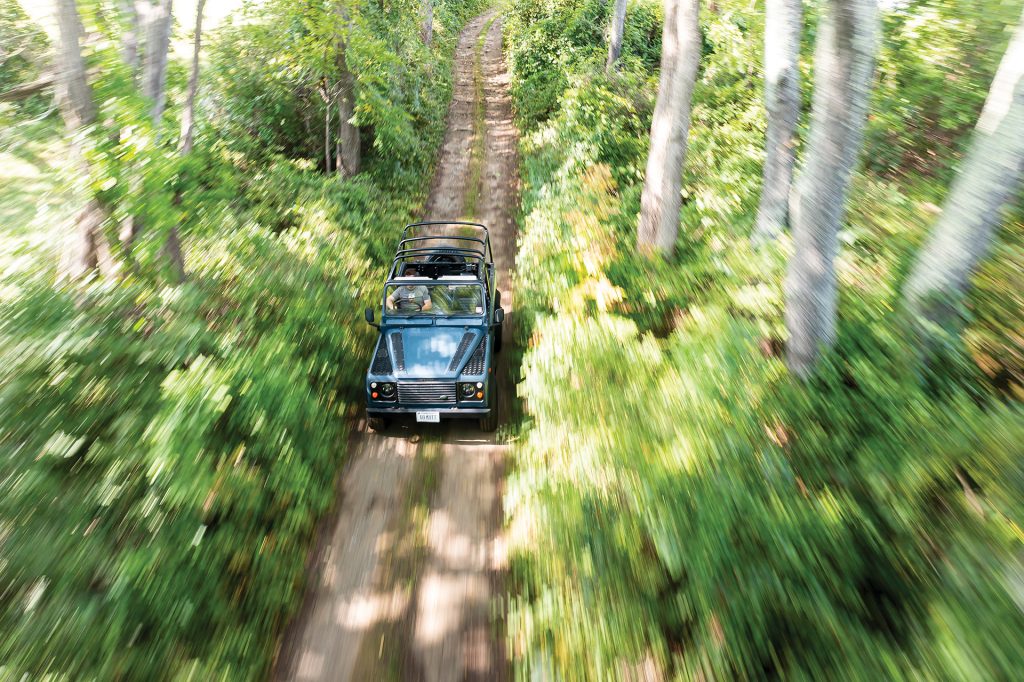





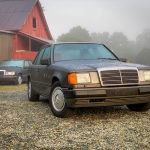




Defender isn’t purely aluminium, eg door frames and bulkheads. That can cause galvanic corrosion/chronic rot. In many 4×4 tests by a widely known car magazine it’s funny how they always used a Defender to pull out any vehicle that got stuck.
Of course, they weren’t all Defenders… that name didn’t come in until 1990, when the Discovery was launched. Up to then there had been Land-Rover (with a hyphen in the early days) and then Range Rover. Even what we now know as the Series 1 didn’t become that for 10 years until the Series 2 was launched. But when Discovery joined the fold there were THREE confusing ‘Land Rover’ models, and so the name ‘Defender’ came into being, joined later by Freelander.
There are those of us who have green blood in our veins who cannot understand how JLR could be so insensitive as to choose the 75th anniversary of ‘Land Rover’ to announce that the name is being dropped… all dealerships will be branded as ‘JLR’, and they will sell 4 ranges — Defender, Range Rover, Discovery and Jaguar. One almost wonders if this was a DELIBERATE ploy to distance the company’s vehicles from their heritage… and as the Land-Rover Series One Club is the largest one-make car club in the world, with over 3-thousand members, it seems particularly cloth-eared.
So apparently all that’s been written in your article above counts for naught with the company responsible for its success.
I have two Defenders, and had to chuckle at the line “the bodies hardly rot at all”. Hah! The bottom of Landy doors are steel, not aluminum, and they most assuredly do!
Yes, the panel gaps can be seen from space, bits fall off with frequent regularity and their electrics are appalling, but for carrying 10 people over rough terrain, there genuinely isn’t a rival in Europe (good luck finding a Toyota Troopie in the northern hemisphere). I wouldn’t swap Ken or Vince for anything. They are members of our family. And you forgive family almost anything.